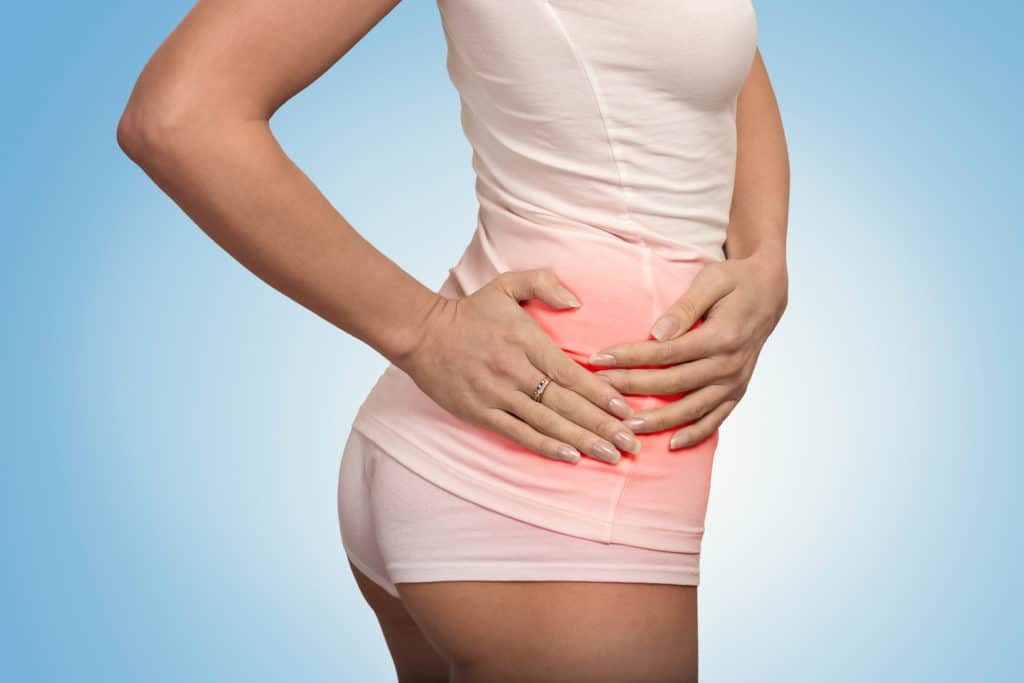
Is hip pain getting you down?
Is it keeping you awake at night or interfering with sports or your regular exercise routine?
Have you been told that it might be “tendonitis”?
You’ve probably heard of lots of people suffering from tendonitis of the elbow (i.e., tennis or golfer’s elbow) or shoulder, among other body areas like the ankle.
Likewise, although it’s less common, there is also a condition called "hip tendonitis," which affects (you guessed it) the hips.
The hips are among the most active parts of the human body. Unfortunately, that's why they're so susceptible to pain and injury.
Whether we’re standing, walking, balancing, running, or bending, the hip bones and joints are continuously engaged in enabling our bodies to move, flex and bend.
Unfortunately, they don't get much time to rest, so "overuse" is implicated in most hip conditions.
But aside from the major joints and bones in the hips and pelvis. When it comes to hip pain and hip flexor tendonitis, two super-important muscles pass through the pelvis.
The psoas and the iliacus (originating in the lower spinal area, running through the pelvis, and linking to the upper thigh tendon) contribute to symptoms. They can cause "hip flexor tendonitis."
The most talked about, the psoas, works to flex the hip and lift the leg, so we can walk and run.
This fascinating major muscle is also called "The Muscle Of The Soul ."Some people believe that the psoas Muscle has spiritual significance.
They say it is the seat of all our traumatic childhood memories and emotions “trapped” inside our muscles and connective tissue.
But in more scientific terms. This major muscle directly connects to the nervous system.
In chronic stress and tension, it remains in a state of contraction, which signals to our “fight or flight system” that there is danger.
So, it makes sense that women who experience trauma may also be at an increased risk of developing hip tendonitis.
This connection is likely due to chronic stress, tension, and an associated tight psoas muscle.
The less talked about iliacus muscle is another large hip flexor muscle that attaches to the lumbar spine (lower back), runs through the pelvis, and attaches to the thigh bone.
This equally important major muscle enables external rotation of the leg. It works in tandem with the psoas to support and maintain our posture.
While we primarily see hip tendonitis in physically active men and women, it is also common in the elderly due to natural wear and tears.
More Blogs From Nancy Branberg
I’m Getting Headaches Every Day; What Should I Do?
What’s Causing My Lower Abdominal Pain?
How Pelvic Organ Prolapse Can Affect Your Relationship
What Causes Hip Tendonitis?
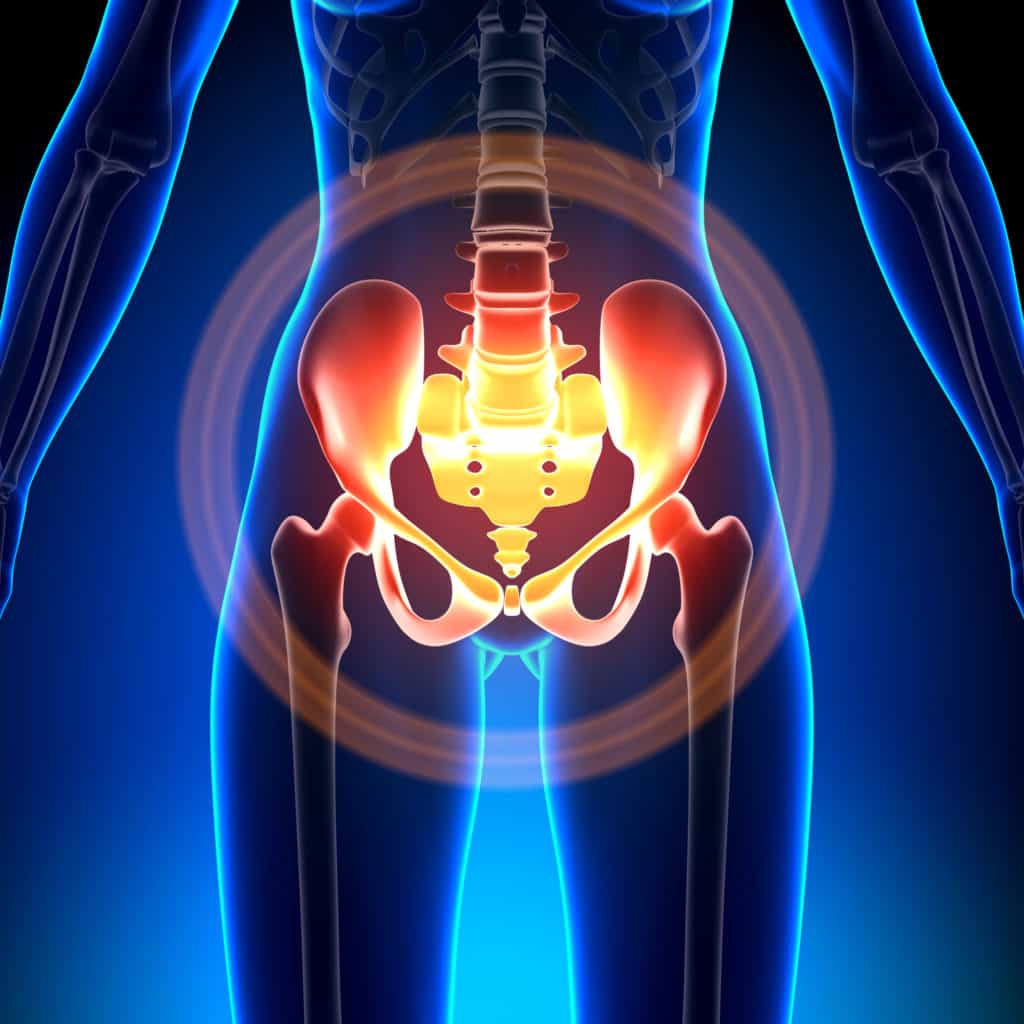
The main cause of tendonitis in the hip is "overuse," which results in swelling that irritates the "tendon ."
But several other factors can contribute to the development of hip tendonitis. Among them is an immediate trauma that affects the hips, pelvis, legs, or lower back due to an accident.
Another possible cause is the build-up of stress due to a specific, repetitive activity – like sports or occupational activities that lead to wear and tear.
The condition regularly affects sportsmen and women that train excessively or indulge in strenuous activities without a sufficient warmup.
However, specific kinds of athletes are a higher risk, such as:
Is that you?
However, those sports are not the only cause of hip tendonitis. We also see this condition in women who regularly take intensive exercise classes involving movements like jumping, squats, and/or gymnastics.
So, women who attend a regular HIIT (high-intensity interval training) class can be more prone to suffering from hip tendonitis. It’s the same with spin sessions and other stationary bike classes, like Peloton and Soul Cycle.
It's also a common injury in women who have been away from exercise for a while.
This absence could be due to an accident, another injury, or pregnancy. They then return to the gym with a little too much vigor too soon.
We’ve all been there. It can be hard to accept a lower fitness level if you're used to competing at a higher level.
But the key to avoiding injury in this situation is to take it slowly and progress gradually.
But importantly, there is another condition that is sometimes confused with hip tendonitis, the similar sounding “tendinosis ."
The difference is that hip tendonitis occurs because the hip flexor muscle gets swollen and inflamed and is acute.
On the other hand, tendinosis is a chronic condition due to frequent wear and tear to the tendon that causes degeneration, thickening, and scarring.
If you're not sure which condition you have, we recommend that you consult with a physical therapist to get a proper diagnosis because hip pain can have many different causes and, therefore, many different treatments.
What Are The Symptoms Of Hip Tendonitis?
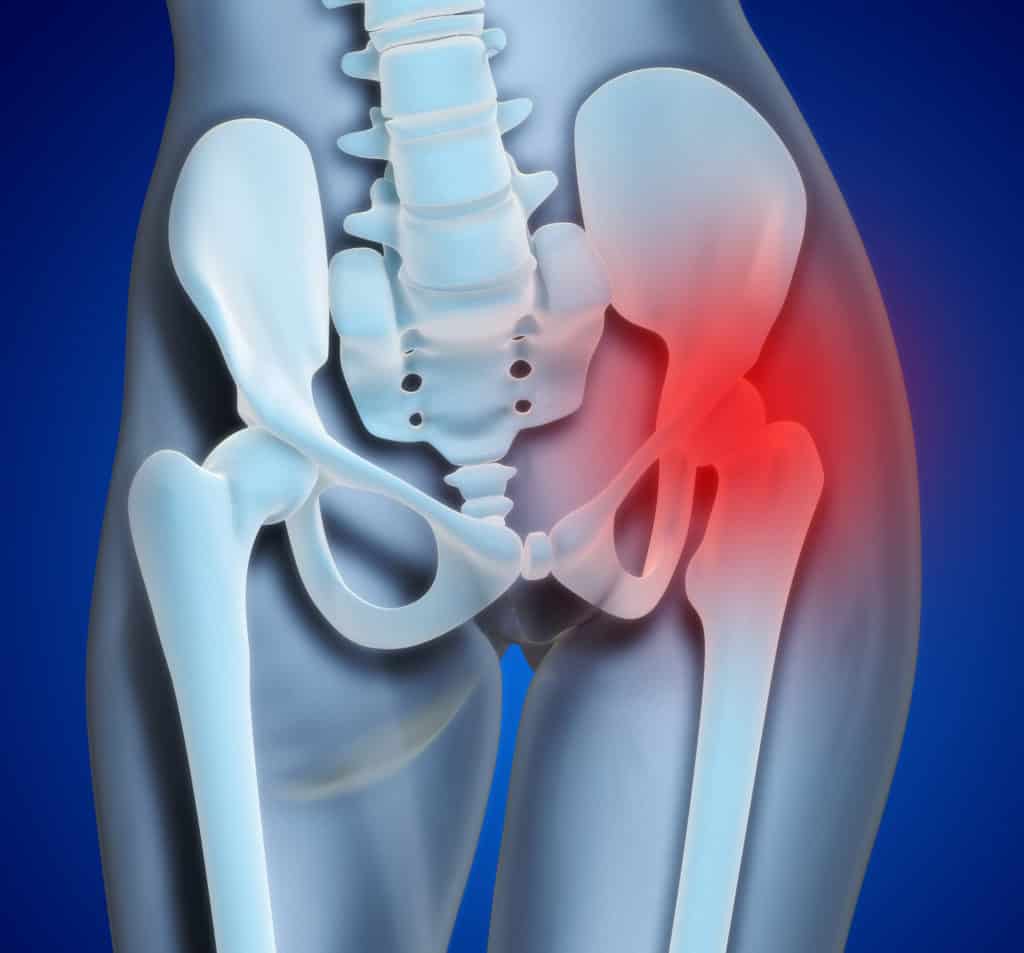
When tendonitis develops in the hip (and other areas), it tends to take time and is primarily due to repetitive actions.
It may begin with soreness in the hip area that goes away when you warm up.
While this may not seem serious initially, the symptoms can worsen over time and become constant because it does go away.
Other symptoms of hip tendonitis include:
Other symptoms that can be closely linked with the condition are:
Since hip tendonitis is more common in those that lead an active lifestyle. Such as sportsmen and women who tend to exceed their limits and ignore aches and pains.
It can make people oblivious to the early warning signs and the acute stage of tendonitis, leaving it untreated.
Unfortunately, this can worsen the condition and lead to a more chronic form of “tendinosis."
Is It Hip Tendonitis?
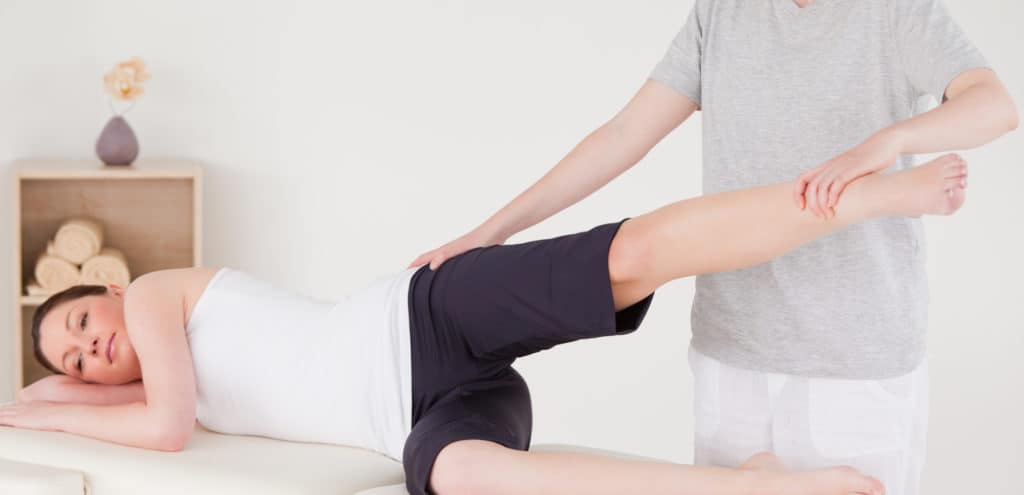
To diagnose whether you have hip tendonitis or something else, we evaluate your symptoms along with your current activity levels.
Together, these two things provide us with enough information to diagnose the condition.
As part of the physical evaluation, we check your hip flexibility and the range of motion you have in your hips.
But even if we find tendonitis. You don't need to be too worried or give up the activities or sports you love because we can treat it and resolve the symptoms.
Popular treatment methods for acute hip tendonitis are like those used for other kinds of soft tissue injuries, including:
RICE:
The acronym is for (rest, ice, compression, and elevation). Once the symptoms arise after injury or strenuous exercise, rest is the first recommendation.
The recommended rest includes avoiding strenuous activities and movements to limit the use of the hip and minimize movements.
The rest part of RICE intends to avoid irritating the hip tissue. With adequate rest, the swelling and inflammation should substantially reduce, and the symptoms lessen.
In that period, using heat/cold packs combined with compression and keeping the hip elevated will also help reduce the symptoms and assist in healing.
Medications:
Taking certain anti-inflammatory medicines, such as ibuprofen, can help to relieve swelling and pain.
In severe cases, your doctor may recommend cortisone injections to reduce inflammation and pain.
However, these injections can be painful, have serious side effects, and only mask the pain, so avoid them if possible.
Surgery:
Surgery is rarely required for acute tendonitis of the hip. It is only needed for those in a chronic condition or cases where the detached tendon needs to be reattached to the hip bone.
But in mild to moderate cases, we always recommend trying physical therapy to find relief before resorting to surgery.
The key to recovery is recognizing the early symptoms of tendonitis and dealing with them at the onset of the condition.
That’s why the most effective natural treatment for hip tendonitis is physical therapy.
How Physical Therapy Can Help Relieve Hip Pain?
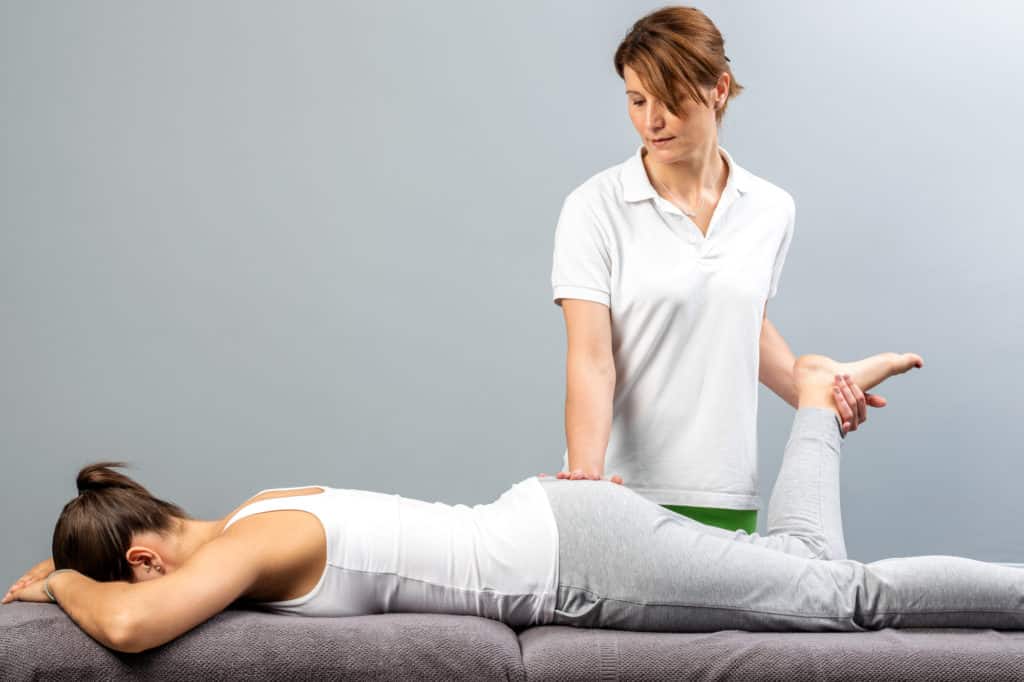
Physical therapy is one of the most effective methods of treating tendonitis and other types of chronic hip pain, including osteoarthritis.
Another cause of hip pain may actually be caused by pelvic pain.
It is effective because physical therapy finds and fixes the root cause of hip pain and strengthens the hip muscles instead of masking the pain with pain pills.
Combined with stretching movements and well-designed warmups, it also helps prevent further injuries.
In addition, it is beneficial in developing the right form for sports activities like sprinting, cycling, and resistance training.
So you can avoid hip pain in the future - without giving up everything you love to do.


